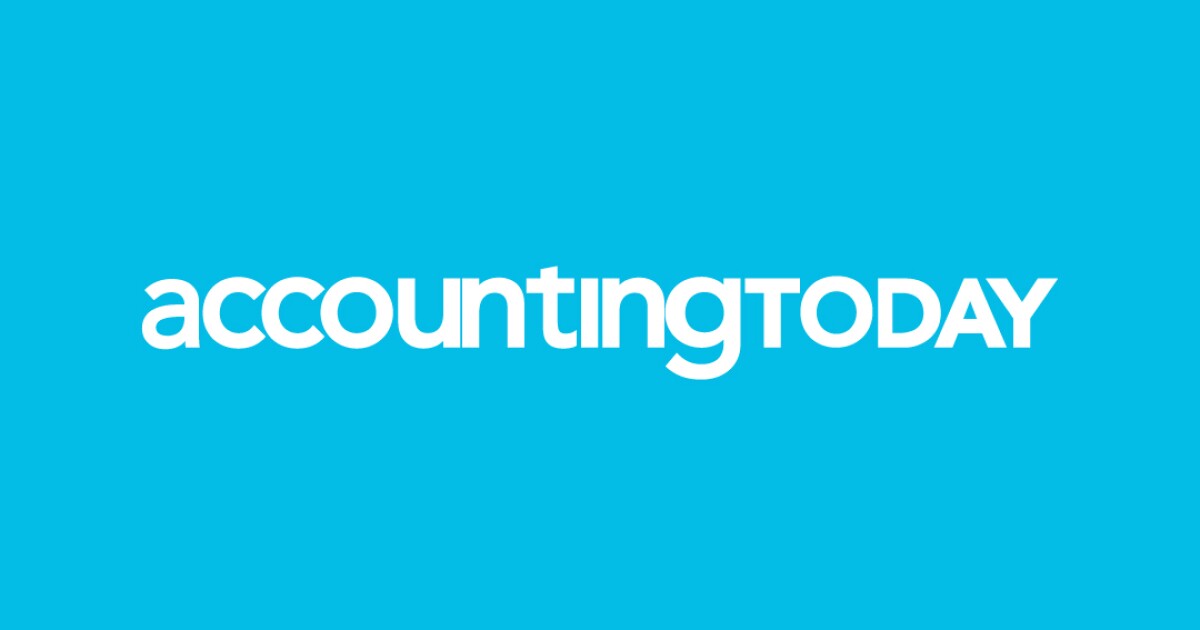If you’re a typical business owner, there’s a strong probability that you’ll be selling your business in the not-too-distant future. If you’re a younger entrepreneur looking to own your own business, you’ll soon have plenty of chances to buy one. And if you’re a CPA or financial advisor, you’re looking at a big opportunity to provide advice and service. Here’s why.
You’ve heard of the “Silver Tsunami?” That’s a common phrase for the upcoming wave of older Americans who will soon dominate our demographics. And it’s not a joke.
According to the Census Bureau, baby boomers — those born between 1946 and 1964 — will all be over the age of 65 within the next seven years. At that time, these older Americans will make up 21% of the population, up from about 16% today. By 2060, nearly one in four Americans (74 million) will be 65 years and older, the number of those 85 or older will triple, and the country will add half a million centenarians.
So what does this mean for small and midsized businesses? A lot. That’s because, according to the Small Business Administration, the average age of the U.S. small-business owner today is 55 and more than half of us are over the age of 50. Businesses are made up primarily of boomers and Gen Xers (commonly defined as those born between 1965 and 1980). Entrepreneurs in the construction industry are the youngest, at 48.3 years, on average while financial, insurance and real estate professionals are at 54.1 years.
The typical business owner is old and getting older.
We’re living much longer too — in 1960, men (who make up the vast majority of business owners) who turned age 62 could expect to live another 15 years. By 2040, they will likely live for another 22 years. And sure, many of these owners will cling to their businesses for reasons ranging from a reluctance to give up control (or maybe fear, because only 30% of family-owned businesses survive the second generation) to just having something to do to keep themselves out of trouble. Regardless, there will be a growing number who will desire to sell and move on to a more relaxing, less stressful life.
An opportunity for Millennials
“Millennials” are people generally defined as being born between 1981 and 1996, which means that most are in their 30s and 40s by now. These are not kids. They’ve done the corporate thing. They’ve built up experience. And many are looking to be their own boss for many reasons.
That’s certainly one of the factors behind the explosion in startups over the past few years. In 2021, there were 5.4 million new startup business applications filed, a 54% increase over 2019 and a 93% increase over 2019. This was not a blip — startup applications in 2020 and 2022 are at similar levels.
My prediction is that many of these entrepreneurs are figuring out already that starting a new business from scratch is harder than buying an existing business and turning it into their own. They’ll see that 90% of startups actually fail. Instead, they’ll be challenged to turn around all of those slow-growing and mismanaged companies (only 40% of small firms are actually successful) with new investments, better technology and more current business models.
There’s plenty of capital available
Regardless of recent drops in the stock market, household wealth remains at historic highs, as does the net worth of America’s middle class. Interest rates, while rising of late, are still on average at reasonable historic levels and are expected to stabilize once inflation is brought under control (and inflation is not only decreasing but is also at levels well below historical highs).
That said, many businesses are still struggling under significant debt. According to the Federal Reserve, 15% of small businesses had at least $5,000 in debt but less than $50,000, while 4% had between $500,000 and $999,999 and another 9% had at least $1,000,000 in debt. But household debt service payments as a percent of disposable personal income are also trending well under historical averages.
And there are plenty of places — plenty — offering capital to small and midsized companies with the assets and financial data to support debt maintenance after an acquisition. No bank or private investor is going to turn away from a business with financial history, assets to collateralize and a plan by new owners to grow.
The tax environment remains advantageous
Most small businesses count real estate and property as their biggest assets, and 90% of their net worth is tied up in their companies. These are capital items, which means when they sell, there will be a capital gains tax. But the good news is rates are historically low. Long-term capital gains were taxed at close to 30% from 1986 through 1997. Now, the rate is zero for some, 15% for most and 20% for the select wealthier, based on income levels.
And although there was some movement by the Biden administration to increase these rates and other rates related to estate transfers, those efforts never made it through Congress. As estate taxes are poised to remain at their current levels for at least the next few years, older business owners will likely seek to take advantage. Renewed efforts to increase these rates will only provide them with more incentive to get out while they can.
By now, you’re hopefully seeing what’s coming. But when will this all happen? Like most trends, it’s not going to be sudden. I’m expecting to see a gradual yet steady increase in the number of businesses being bought and sold over the next decade. This is good news, as it gives all of us — buyers, sellers, advisors — time to make our succession plans and build value. My smartest clients and colleagues are already doing this. Hopefully you are too.


